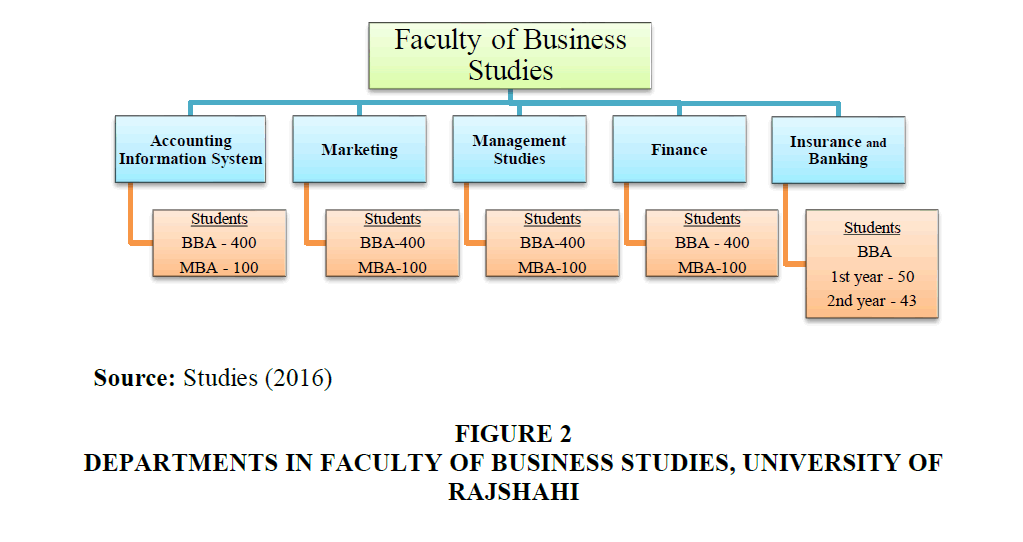Importance of Reviewing Literature in Academic Research
When students begin their academic project, one of the most critical tasks is the review of existing studies. Many see it as a formality, but in reality, a well-crafted literature review shapes the structure of the entire research work. Without a effective literature review, the quality of the dissertation can weaken.
1. Defining a Literature Review
A review of literature is a organized examination of published knowledge related to a chosen topic. It analyzes what has already been studied, points out gaps, and relates current research to established findings. Essentially, it answers: "What do we already know, and where is the gap my research will fill?"
2. Why is Literature Review Important?
The literature review achieves several goals:
- It gives context for your study.
- It proves your understanding of the discipline.
- It points out research gaps.
- It avoids duplication of existing studies.
- It validates why your study is relevant.
Without it, your Ignou project support [visit this page] may appear weak and seem incomplete.
3. How Literature Review Shapes Theory
A important outcome of a literature review is the theoretical framework. By analyzing prior research, you identify the concepts that explain your work. For example, in a study on consumer behavior, reviewing psychological models enables you to choose an appropriate theory. This framework becomes the foundation of your research design.
4. Identifying Research Gaps
Every strong dissertation addresses a gap. A deep literature review exposes what has already been studied and where further exploration is essential. Without identifying a gap, your work risks being repetitive. By addressing gaps, you show that your research makes an unique contribution.
5. Guiding Hypotheses
Well-defined hypotheses often come out of a literature review. Once you understand existing knowledge, you can formulate focused questions. For instance, if studies on online learning show positive effects but rarely examine rural students, your dissertation can address that issue.
6. Guiding Research Methods
A literature review not only guides what to study but also shapes research design. By examining how previous scholars collected data, you can choose your own methods. It also stops repeating flawed designs and promotes the use of best practices.
7. Structuring the Review
A good literature review is not just a list of sources. It requires systematic structure. You can organize it in different ways:
- By historical order
- Thematically
- Methodologically
- By models
The preferred structure should suit your research objectives and maintain clarity.
8. Pitfalls to Avoid
Many students make mistakes in literature reviews. Some common errors include:
- Mentioning sources without synthesis.
- Ignoring recent research.
- No logical flow in writing.
- Ignoring research gaps.
- Over-reliance on secondary citations.
Avoiding these mistakes ensures your review is effective.
9. Strategies for Success
To write an impressive literature review, consider these practices:
- Start early to allow deep research.
- Search scholarly journals instead of random websites.
- Summarize while reading.
- Group studies by concepts.
- Analyze strengths and weaknesses.
Following these steps enhances the overall value of your work.

Conclusion
The literature review is far more than an obligatory section. It is the heart of any thesis. By evaluating previous research, spotting gaps, and creating a theoretical framework, you lay the groundwork for your own contribution. A well-structured literature review ensures that your academic work is not only respected but also meaningful to the academic community.


